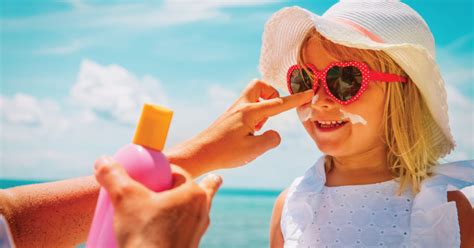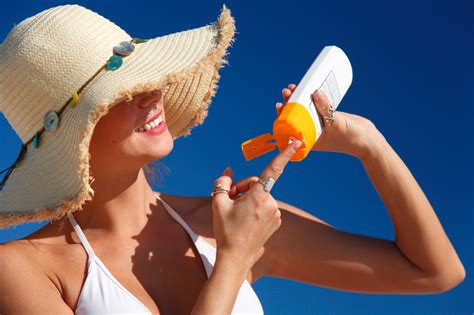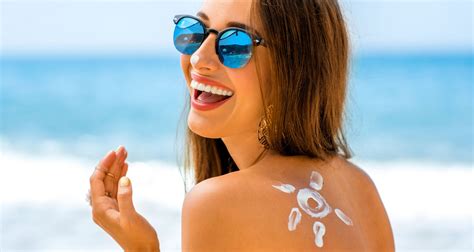SPF 15 stands for sun protection factor, which is a measure of how well a sunscreen product can protect your skin from the harmful ultraviolet (UV) rays of the sun. UV rays can cause sunburn, premature aging, and skin cancer. The higher the SPF, the more protection you get from the sun. However, SPF is not the only factor you should consider when choosing a sunscreen product. You also need to look at the ingredients, the broad spectrum coverage, the water resistance, and the expiration date. Some sunscreen products may have side effects that you should be aware of before using them.
Possible side effects of SPF 15
Some of the possible side effects of SPF 15 are:

– **Skin irritation**: Some sunscreen products (such as those containing aminobenzoic acid or para-aminobenzoic acid/PABA) may stain clothing. Some ingredients of sunscreens can cause the skin to become more sensitive. If a sunscreen causes redness or irritation, wash it off and stop using it. Talk to your doctor or pharmacist about using another sunscreen product with different ingredients.
– **Eye irritation**: When applying sunscreen to the face, be careful to avoid contact with the eyes. If the sunscreen gets in your eyes, rinse thoroughly with water.
– **Allergic reaction**: A very serious allergic reaction to this drug is rare. However, get medical help right away if you notice any symptoms of a serious allergic reaction, including rash, itching/swelling (especially of the face/tongue/throat), severe dizziness, or trouble breathing.
– **False sense of security**: Sunscreen products with SPF values above 50+ tend to give users a false sense of security. They not only over-promise protection but may also overexpose consumers to UVA rays and raise their risk of cancer, according to the FDA. Wearing sunscreen does not mean that you can stay out longer in the sun. Sunscreens cannot protect against all of the sun’s radiation. You should also limit your sun exposure, especially between 10 a.m. and 2 p.m., and wear protective clothing (such as hats, sunglasses, and long sleeves/pants) when outdoors.
How to use SPF 15 safely and effectively

https://beautyelements-hawaii.blogspot.com/2011/04/basic-sun-protectionsun-sun-sun.html
To use SPF 15 safely and effectively, you should follow these tips:
– Apply sunscreen generously to all exposed skin 30 minutes before sun exposure. As a general guide, use 1 ounce (30 grams) to cover your entire body.
– Reapply the sunscreen after swimming or sweating or drying off with a towel or if it has rubbed off. If you are outside for long periods, reapply sunscreen every 2 hours.
– Do not use sunscreen on infants younger than 6 months unless the doctor directs you to do so. It is best for infants to stay out of the sun and wear protective clothing (such as hats, long sleeves/pants) when outdoors.
– If you develop a serious sunburn, or if you think you may have a serious medical problem, get medical help right away.

https://www.sunsibility.co.uk/
Conclusion
SPF 15 is a common sunscreen product that can help protect your skin from the sun’s harmful UV rays. However, it may also have some side effects that you should be aware of before using it. You should always read the label carefully and follow the directions on how to use it properly. You should also limit your sun exposure and wear protective clothing when outdoors. Remember, sunscreen is not a substitute for common sense when it comes to sun safety.
Cover Image Dr PMG
EXCLUSIVELY BY: KULSOOM SAGHIR
Recommended2 recommendationsPublished in Our Fashion Passion, Pop Fashion, Skin Care




